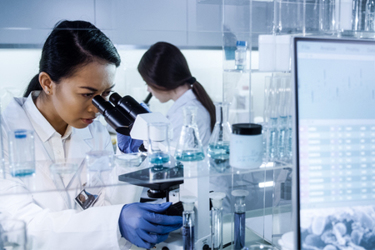Progress In LC-MS-Based Metabolomics Techniques
By Pegah R. Jalili, Ph.D., Principal Scientist, Analytical R&D, MilliporeSigma and Kevin Ray, Ph.D., Senior Manager Analytical R&D, MilliporeSigma

An altered metabolism often points to a disease, so it is pivotal to understand the mechanisms controlling endogenous metabolites. This need has given rise to metabolomics, the comprehensive study of the small molecule metabolites that reflect the complex network of biochemical reactions in a tissue, organ or the entire organism. However, obtaining wide coverage of the metabolome remains challenging because of the huge number of metabolites, which can span over nine concentration orders of magnitude and possess a wide variety of physicochemical properties. Acquiring the data of thousands of samples with accurate and reproducible quantifications can also prove technically difficult. Nevertheless, progress has been enormous. Metabolome analysis by mass spectrometry (MS) has witnessed exponential growth over the last decade, particularly in the clinical and pharmaceutical fields, owing to the technique’s high selectivity, sensitivity, resolution, and faster data acquisition. It is becoming a powerful tool for biomarker discovery, early disease diagnosis, prognosis, identifying new therapeutic targets, investigating how new drugs work, characterizing safety and efficacy profiles, as well as stratifying patients and monitoring therapeutic response.
Learn about recent and current advances made in LC-MS-based metabolomics as well as the strengths and weaknesses of different approaches and technologies.
Get unlimited access to:
Enter your credentials below to log in. Not yet a member of Pharmaceutical Online? Subscribe today.
